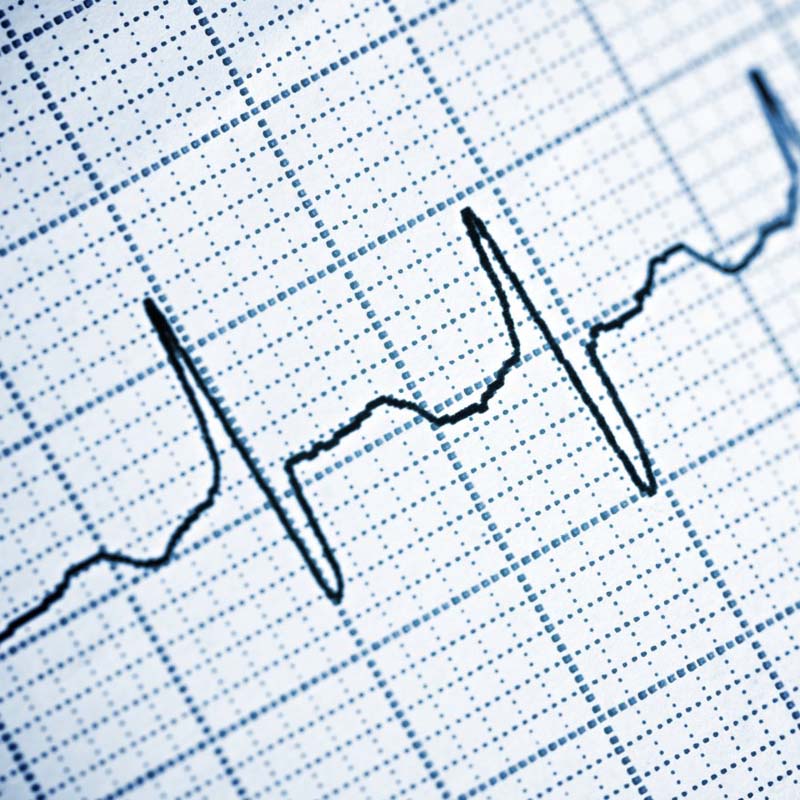
Keep the Family Informed
Doctors often state that one of the single most important tools that they have at their disposal is a thorough family history. Anyone that finds out that a family member has had a stroke should begin exploring which other family members have similar medical conditions such as hypertension or even diabetes. This information can be invaluable as the primary healthcare provider explores prevention and treatment options. You should write down the medical information on all family members and then keep it on-hand for anyone that might need it in the future.
Understand When to Get Tested
Stroke testing should be carried out as soon as possible for those that have a family history of these medical problems. Also referred to as screening, these tests should begin around the age of 20 and will need to be carried out every few years for those that are classified as “high risk.” Most health professionals will carry out a number of simple and pain-free tests such as blood pressure and blood sugar. If these numbers do not seem healthy, the doctor may then schedule a battery of more comprehensive tests and advise the patient to begin making lifestyle changes.
Basic Lifestyle Changes
Simple lifestyle changes are the most important risk reduction steps that a patient can take. This begins with at least 30 minute of moderate exercise per day. Those that are at a very high risk of having a stroke should speak with their doctor before carrying out any rigorous physical activity. It is also important to quit smoking completely and limit one’s alcohol intake. Alcohol should be kept to one drink per day for women and two drinks per day for men. The doctor will also suggest methods to keep your blood sugar, blood pressure, and cholesterol within a healthy range.
Signs of Stroke and Stroke Testing
It is vital to catch a stroke in the earliest stages and seek out medical attention immediately. Some of the most common signs include weakness of the limbs, difficulty controlling one side of the face, dizziness, confusion, slurring one’s speech, and difficulty seeing. A loved one exhibiting any of these signs should head to the emergency room. Once there, stroke monitoring will typically take place for a minimum of 24 hours. During this time, the patient will have their heart, blood pressure, and cognitive abilities carefully monitored to determine if it was in fact a stroke and what treatments will be needed.
